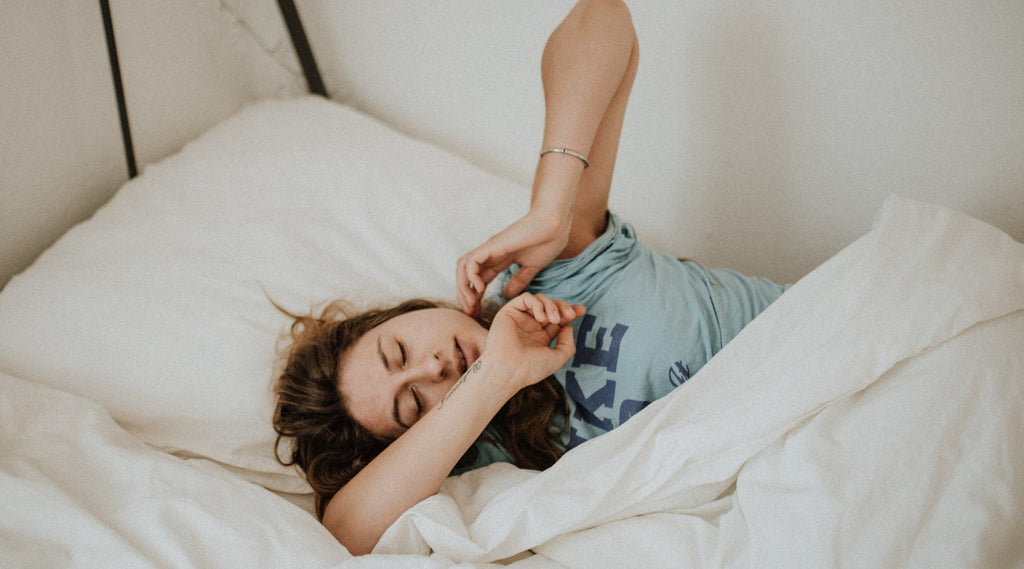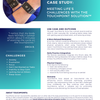How to Sleep with Anxiety

Are you anxious? Do you have a hard time settling down before bed due to obsessive thoughts, fear, or just feeling “amped up?” If so, it may be a good idea to intervene rather than continuing to ponder ‘why can’t I sleep?’. Using methods such as progressive muscle relaxation, deep breathing, or bi-lateral alternating stimulation in a tactile form (BLAST) can help shut down anxious, obsessive thoughts and prepare the body for a peaceful night’s sleep.
Progressive Muscle Relaxation

Progressive muscle relaxation (PMR) is a deep relaxation technique that has been effectively used to not only control stress and anxiety but to relieve insomnia as well.
PMR is based on a simple practice. If you have trouble sleeping at night, practice tensing or tightening one muscle group at a time following a relaxation phase with a release of the tension. Many who suffer from insomnia report that this practice at night helps them get some Zzzs.
According to WebMD, here’s exactly how this works:
- While inhaling, contract one muscle group (for example your upper thighs) for 5 seconds to 10 seconds, then exhale and suddenly release the tension in that muscle group.
- Give yourself 10 seconds to 20 seconds to relax, and then move on to the next muscle group (for example your buttocks).
- While releasing the tension, try to focus on the changes you feel when the muscle group is relaxed. Imagery may be helpful in conjunction with the release of tension, such as imagining that stressful feelings are flowing out of your body as you relax each muscle group.
- Gradually work your way up the body contracting and relaxing muscle groups.
Deep Breathing

Take a deep breath in and then let it out. Your breathing is a really powerful tool to alleviate stress and make you feel less anxious before bedtime.
WebMD outlines how to take bigger deep breaths, all the way into your tummy:
- Get comfortable. You can lie on your back in bed or on the floor with a pillow under your head and knees. Or you can sit in a chair with your shoulders, head, and neck supported against the back of the chair.
- Breathe in through your nose. Let your belly fill with air.
- Breathe out through your nose.
- Place one hand on your belly. Place the other hand on your chest.
- As you breathe in, feel your belly rise. As you breathe out, feel your belly lower. The hand on your belly should move more than the one that's on your chest.
- Take three more full, deep breaths. Breathe fully into your belly as it rises and falls with your breath.
Bi-Lateral Alternating Stimulation in Tactile Form (BLAST)
![]()
Using gentle, alternating micro-vibrations called BLAST (bilateral alternating stimulation tactile), you can affect the brain and alter the body's stress response to restore calm before bedtime. Take advantage of tools such as TouchPoints, which help cause the body to shift into the parasympathetic nervous system, the active rest and digest state that is needed to fall asleep.
Here’s how to sleep with anxiety using TouchPoints EMDR buzzers:
- Place 2 of the bilateral stimulation devices on either side of the body. You can strap them around either wrist, simply hold them in either hand or drop them in each pajama pocket or sock.
- Activate the sleep setting (blue light).
- Use for 15-minutes while in bed or just prior to sleep for relaxation into dreamland.
Resources:
https://www.webmd.com/sleep-disorders/muscle-relaxation-for-stress-insomnia
https://www.webmd.com/balance/stress-management/stress-relief-breathing-techniques




